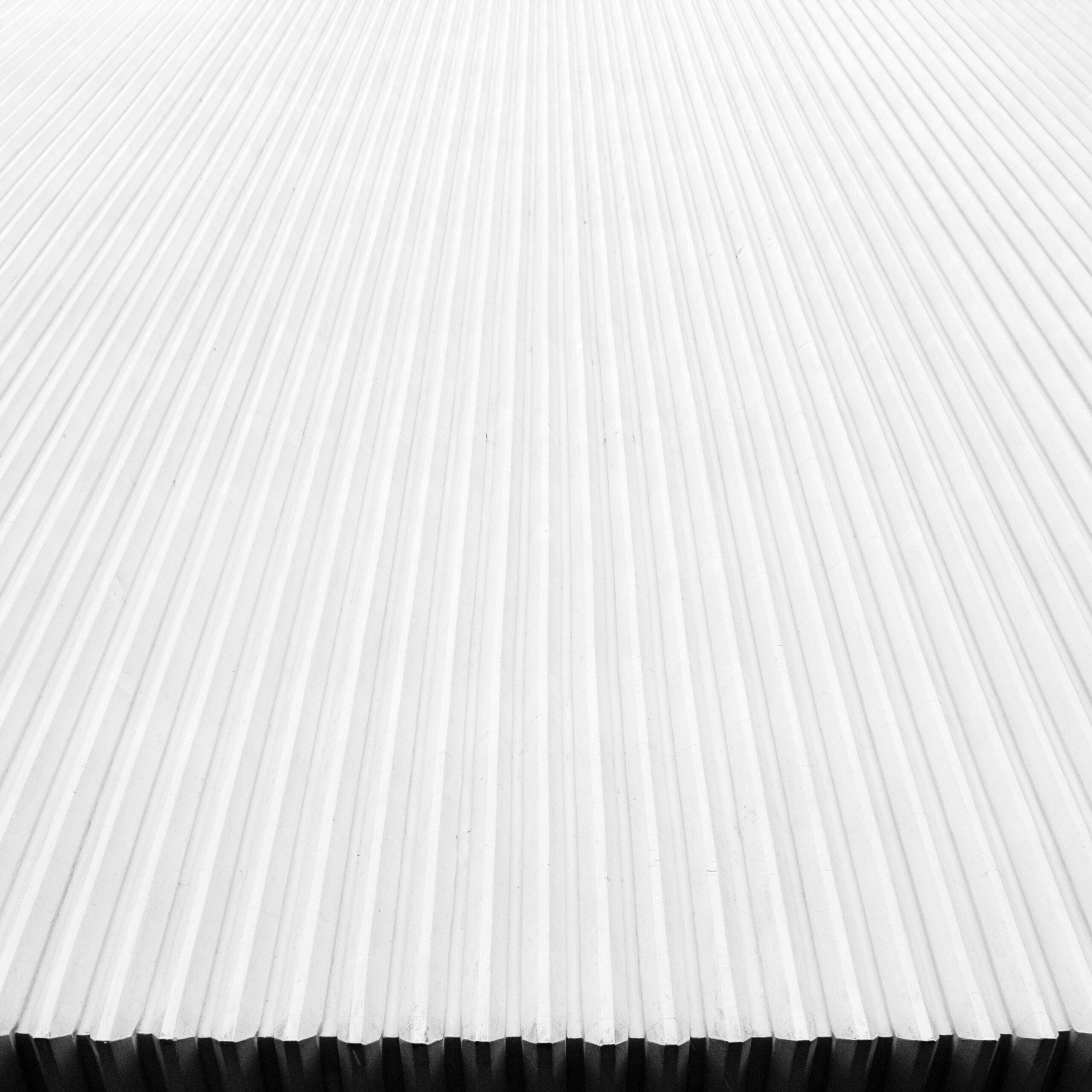No. 65: Solar coat your roof (and walls)
No. 65: Solar coat your roof (and walls)
Number 42
Learn why you should do this:
As climate change continues to have devastating effects on the environment, schools are taking action to reduce their carbon footprint and promote sustainability. One way to do this is by applying solar coatings to roofs and walls. This technology not only helps reduce energy consumption and greenhouse gas emissions, but it also has financial benefits. In this article, we will explore the environmental and financial benefits of solar coating roofs and walls in schools.
Environmental Benefits
By applying solar coatings to roofs and walls, schools can reduce their energy consumption and dependence on fossil fuels. According to the National Renewable Energy Laboratory, a solar coating can reflect up to 90% of the sun’s energy, reducing the amount of heat that is absorbed by the building (NREL, 2022). This can lead to significant reductions in energy consumption and greenhouse gas emissions associated with heating and cooling buildings.
Additionally, solar coatings can help improve air quality by reducing the need for fossil fuel-powered energy sources. According to the EPA, burning fossil fuels releases harmful pollutants such as sulfur dioxide, nitrogen oxides, and particulate matter, which can cause respiratory and cardiovascular health problems (EPA, 2022). By reducing the amount of energy needed to heat and cool buildings, solar coatings can help reduce the amount of pollution released into the air.
Financial Benefits
Using solar coatings on roofs and walls can also result in significant cost savings. According to the US Department of Energy, energy costs can account for up to 30% of a school’s operating budget (DOE, 2022). By reducing energy consumption, schools can save money on utility bills and redirect those funds to other educational programs and initiatives.
Additionally, many states and municipalities offer financial incentives for schools that invest in solar technology. These incentives can include tax credits, rebates, and grants, which can help offset the upfront costs of installing solar coatings.
Expert Opinions
Experts agree that solar coatings can have significant environmental and financial benefits for schools. According to the National Renewable Energy Laboratory, “solar coatings are a cost-effective way to reduce energy consumption and greenhouse gas emissions, while also improving the comfort and quality of indoor environments” (NREL, 2022). The US Department of Energy also promotes the use of solar technology as a way to reduce energy consumption and save money (DOE, 2022).
Conclusion
Solar coatings offer significant environmental and financial benefits for schools. By reducing energy consumption, greenhouse gas emissions, and air pollution, schools can promote sustainability and protect the environment. Additionally, the cost savings associated with using solar technology can help schools redirect funds to other educational programs and initiatives. Experts agree that solar coatings are a cost-effective way to promote sustainability and reduce energy costs for schools.
Sources:
-
National Renewable Energy Laboratory. (2022). Solar Reflective Coatings. Retrieved from https://www.nrel.gov/docs/fy22osti/79957.pdf
-
US Environmental Protection Agency. (2022). Air Pollution. Retrieved from https://www.epa.gov/air-pollution-transportation
-
US Department of Energy. (2022). Energy Efficiency in K-12 Schools. Retrieved from https://www.energy.gov/eere/buildings/energy-efficiency-k-12-schools
-
Fthenakis, V. M., & Kim, H. (2011). Photovoltaics: Life-cycle analyses. Solar Energy, 85(8), 1609-1628. https://doi.org/10.1016/j.solener.2010.05.004
-
Solar Energy Industries Association. (2022). Solar Investment Tax Credit (ITC). Retrieved from https://www.seia.org/initiatives/solar-investment-tax-credit-itc

All 100 ideas in one, easy to share ebook. Download now and start helping your school be its best version of itself...
Downloaded over 17,000 times!

More ways to make a difference, now!
No. 98: Allow only reusable dishware at school
Number 98 Using reusable dishware at schools has many benefits, including reducing waste, lowering costs, and promoting sustainability education. Research shows that switching to reusable dishware can have a significant positive impact on the environment and finances...
No. 74: Set up beehives in the school grounds
Number 74 Setting up beehives on school grounds can have numerous benefits, including environmental, educational, and financial advantages. The presence of bees can help to support local ecosystems, provide opportunities for student learning, and even generate revenue...
No. 50: Use food waste digesters for fertilizer
Number 50 Food waste digesters are an effective solution to reduce food waste and produce high-quality fertilizer for schools. This sustainable system not only benefits the environment by reducing greenhouse gas emissions, but it also saves schools money on waste...





